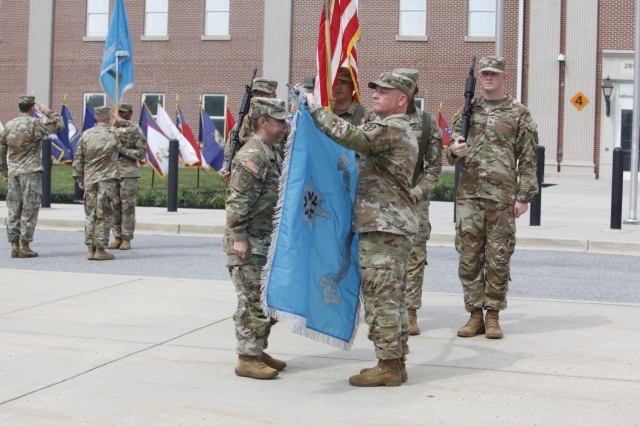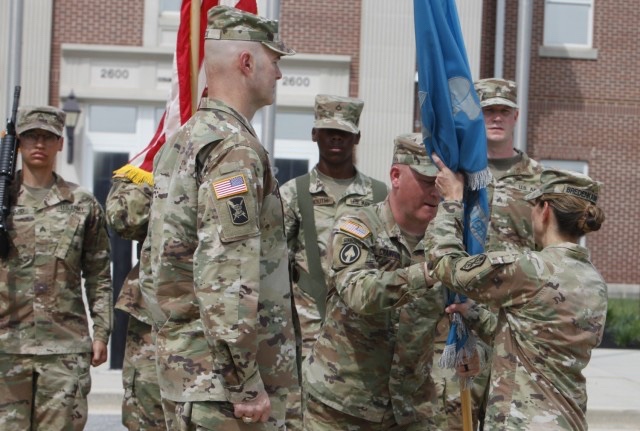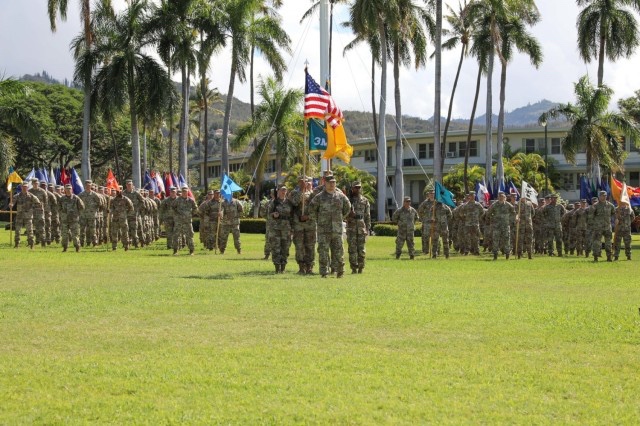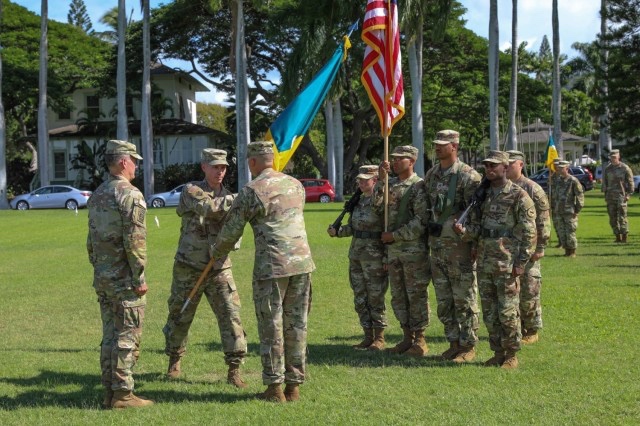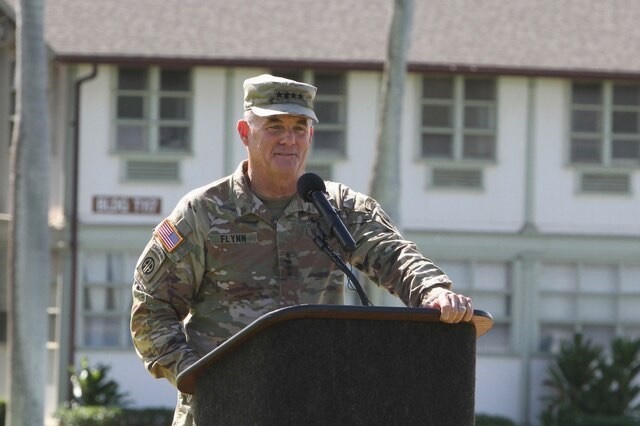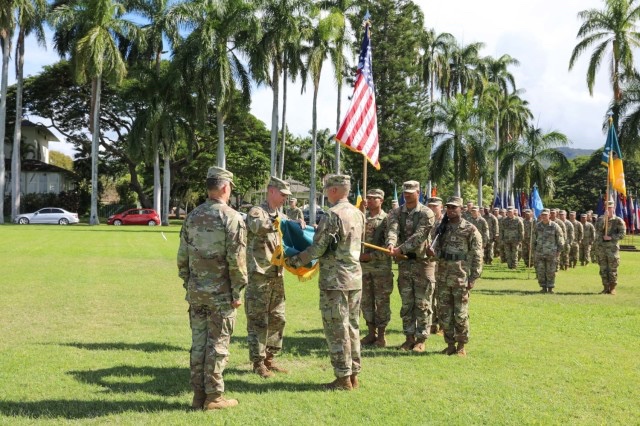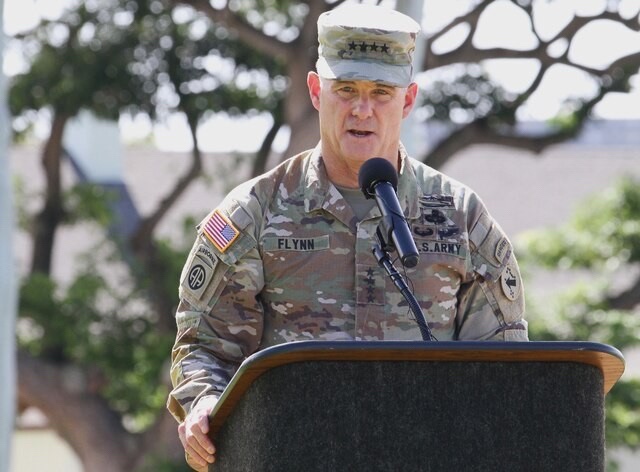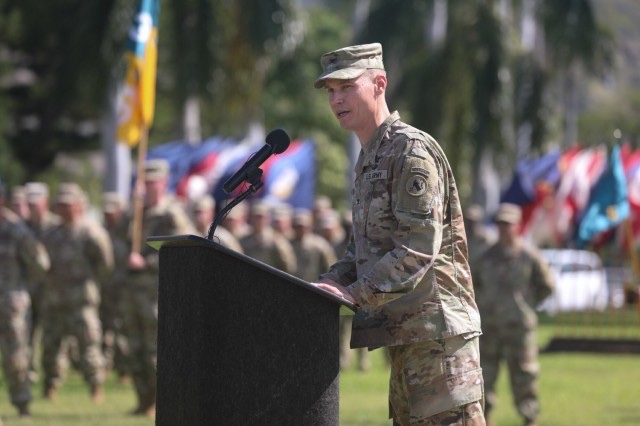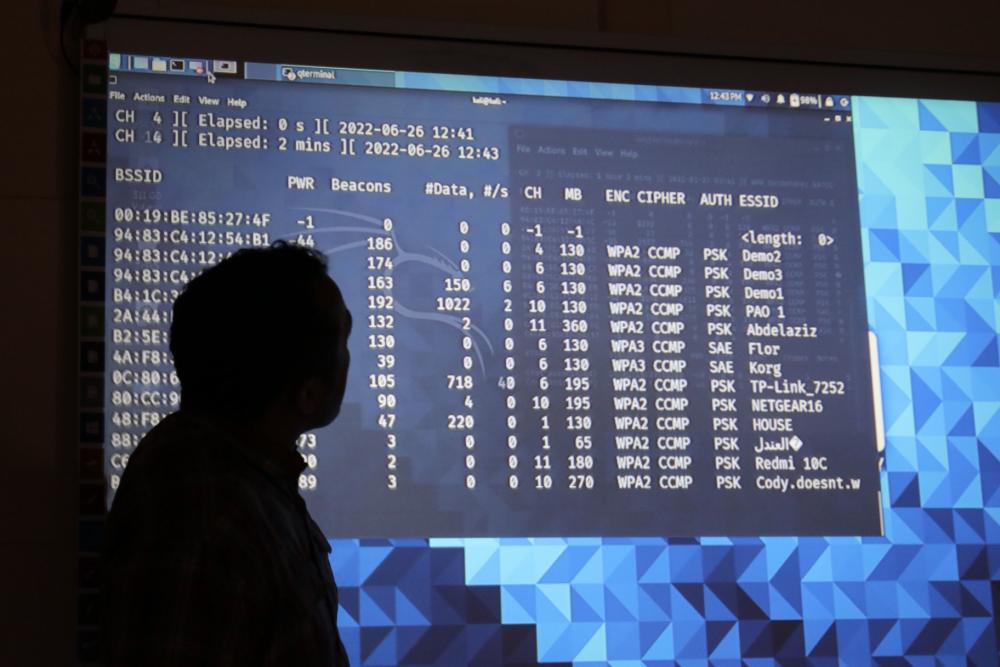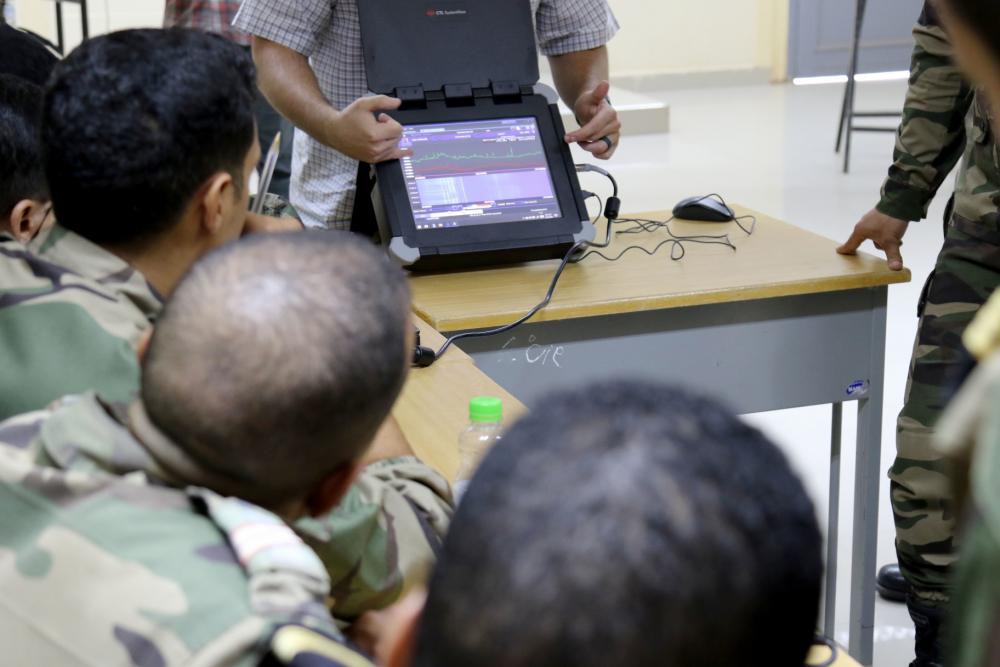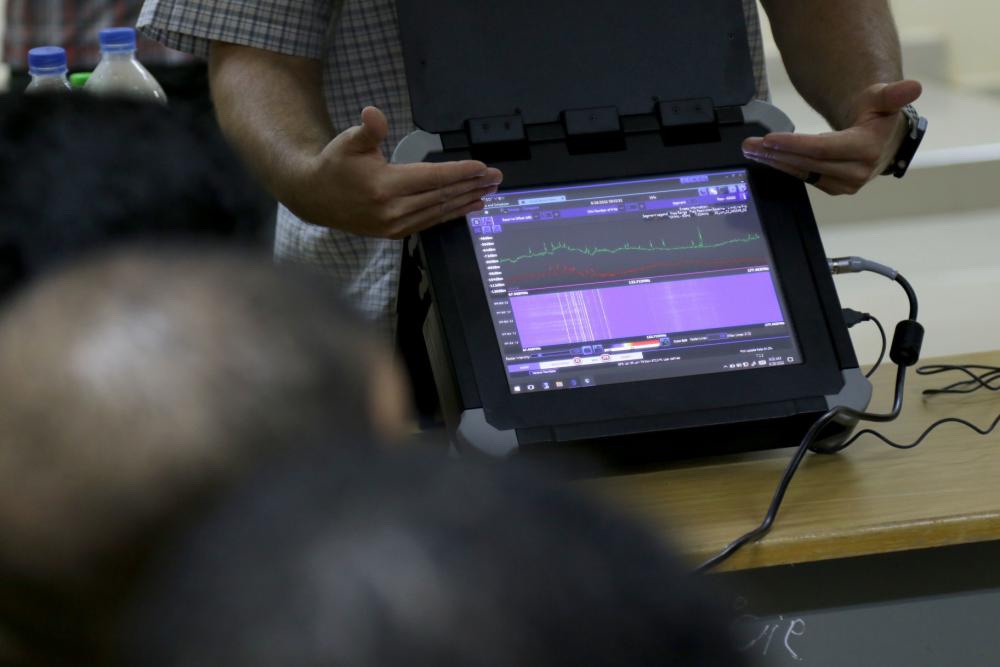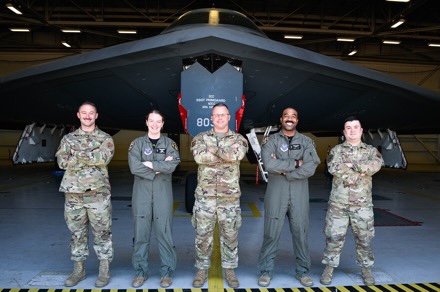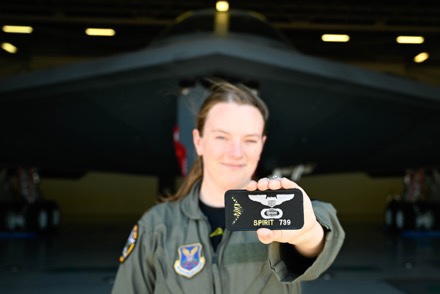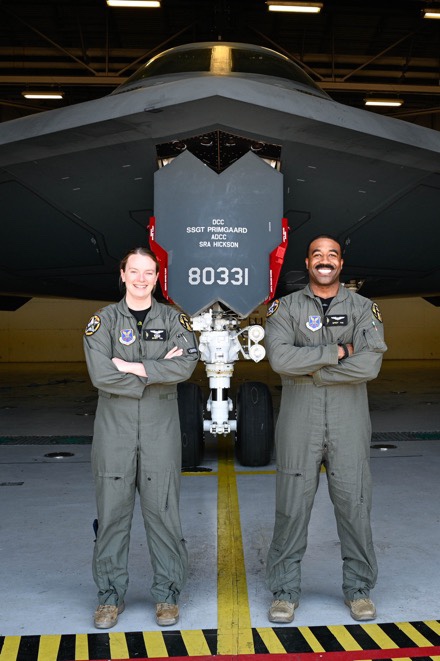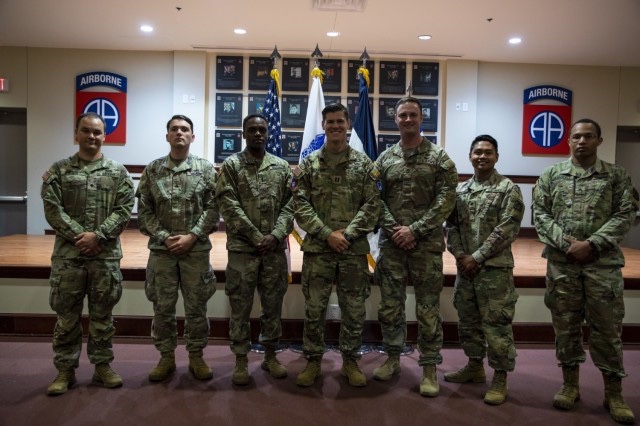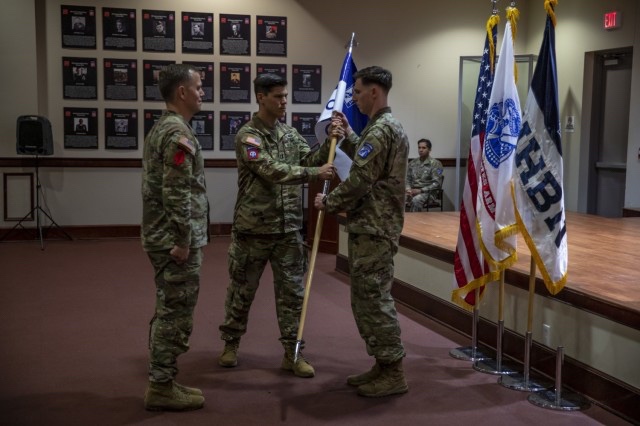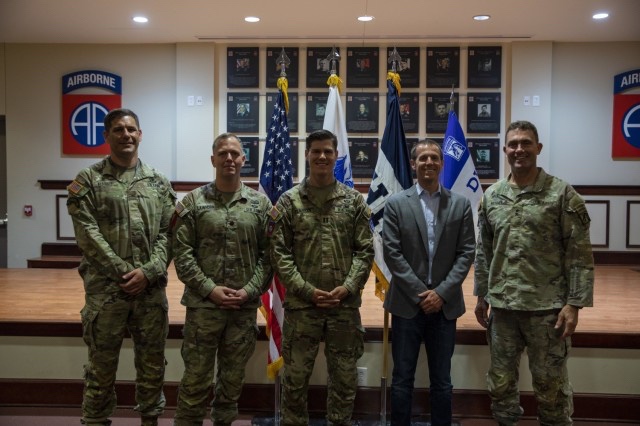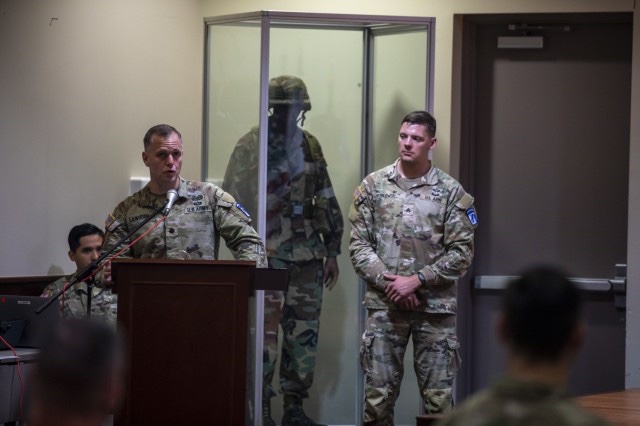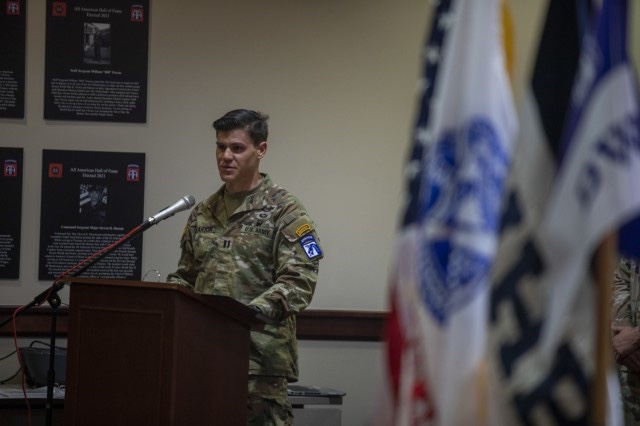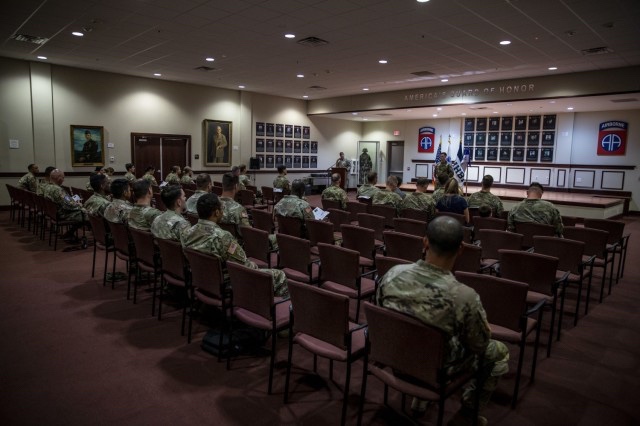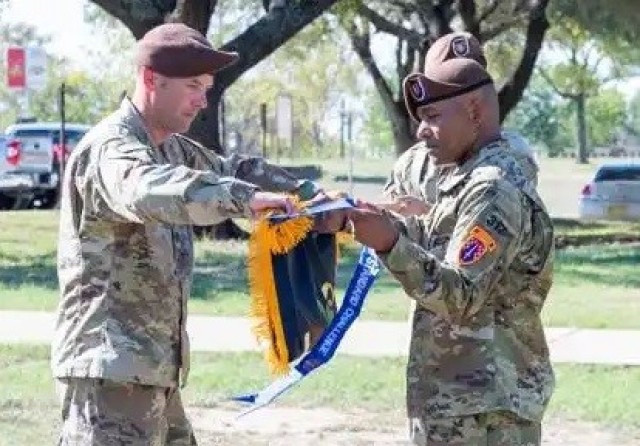
FORT HOOD, Texas – The 1st and 5th battalions of 3rd Security Force Assistance Brigade cased their colors before their upcoming deployment to United States Central Command in front of the brigade’s headquarters here, Sept. 19.
The advisors will deploy to USCENTCOM for six months. The Soldiers will advise, support, liaise and assist nations within their area of responsibility, which includes 21 different countries. The goal is to support and assist allies in the region so they can build capacity and maintain stability.
Security advisor teams increase interoperability and achieve strategic goals by providing experienced leaders from the maneuver, combat engineer, signal support, intelligence, medical and logistics career fields.
“The advisors, of Force Package 23-1 are about as ready as it could possibly be,” said Col. Zachary Miller 3rd SFAB commander. “They’ve trained intensively on individual and collective skills that make them ready to partner in any environment. They built teams where everyone looks out for each other and pushes their fellow advisors to be their best.”
In his remarks to the Soldiers and families gathered for the ceremony, Miller spoke about the 3rd SFAB being a new type of formation in today’s Army and how its mission of enabling combatant commanders to accomplish theater security objectives by training, advising, assisting, accompanying, and enabling allied and partnered security forces. Miller explained that the unit provides an essential capability for the Army and fills a critical need in today’s operational environment.
“Our advisors’ presence matters in Iraq because we are enabling the Iraqi security forces to contain and defeat ISIS without external assistance,” Miller said. “We deter Iran … (which has) for more than 40 years, aggressively supported terrorism or terrorist organizations,” Miller said. “Our advisor’s presence matters, because it helps deter Iran and its proxies from continuing activities that destabilize not only that region, but global security and commerce.”
With advisors already deployed and present in theater, this force-package deployment of SFAB teams to the CENTCOM area is significant because it will be the first time this many advisors will deploy to the region, Lt. Col. Patrick Caukin, 1st Bn., 3rd SFAB commander, said.
“This is our first deployment as a dual battalion headquarter package with the 1st Battalion and 5th Battalion going out as a team to CENTCOM,” Caukin said. “You know, the teams that are over there, 3rd Squadron, they’ve really set the tone, and the groundwork for us to come in and continue the advising efforts to broaden the U.S. is mission there.”
Miller finished his speech with a quote from Secretary of Defense Lloyd J. Austin III, who said, “Presence buys you influence, which is built on trust. You can’t surge trust.”
By Eric Franklin, Fort Hood Public Affairs


